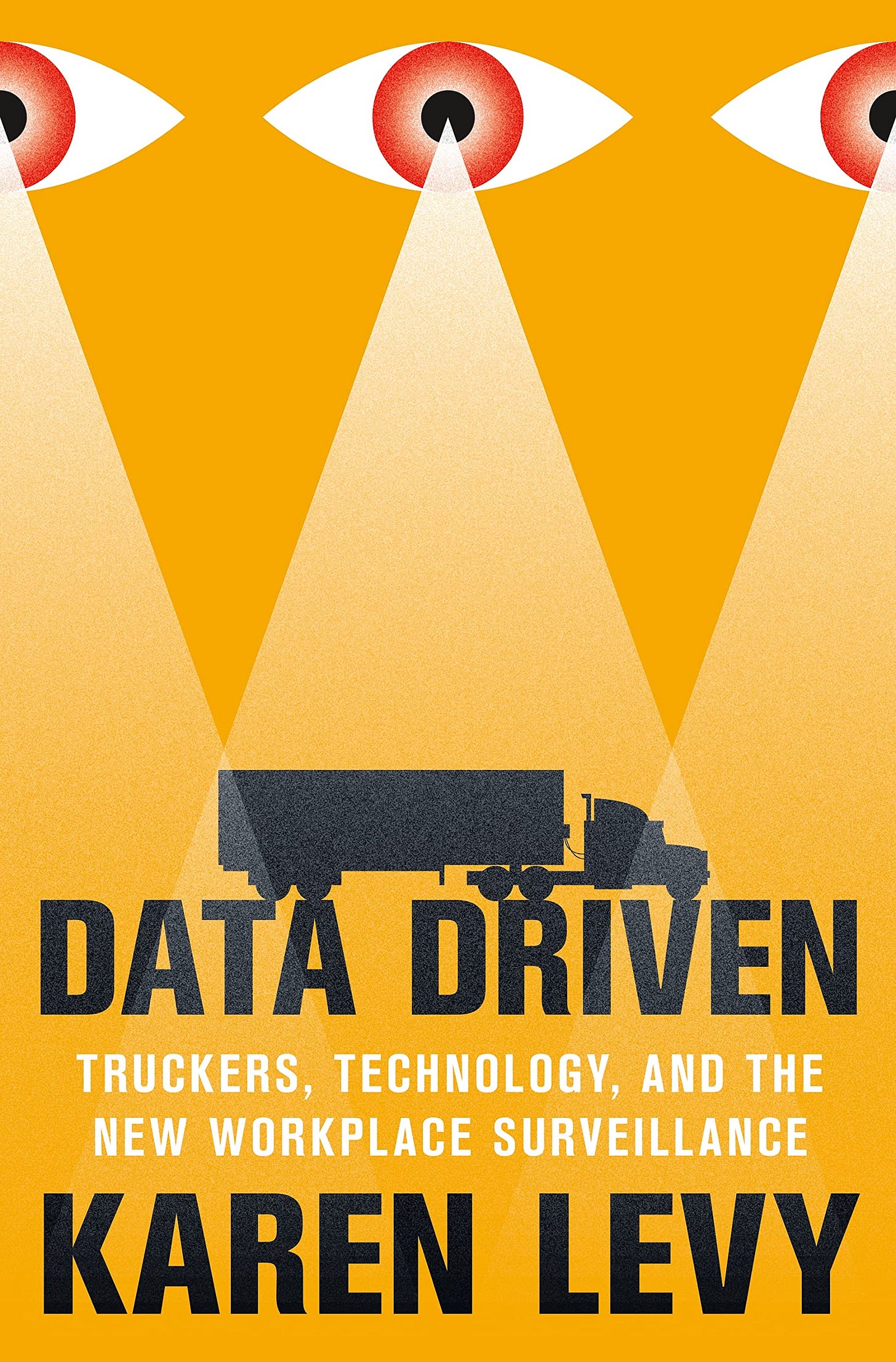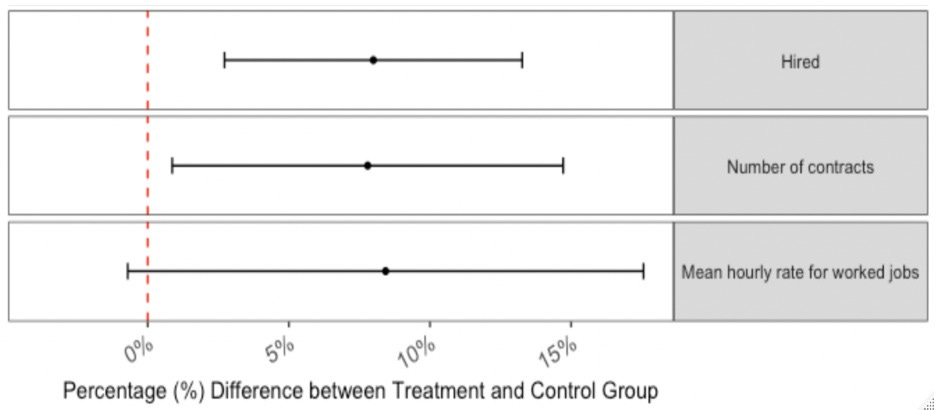A Strong Jobs Market and AI Tools for Workers | Roundup #15
Plus: Is Inequality Starting to Go Down?

Welcome to our new readers to the Workonomics Roundup! These are periodic posts (approximately every two weeks) summarizing some of the latest labor, technology, and policy updates.
I’m poring through Twitter, economic research, policy updates, and employment data and summarizing it in a brief update you can read at work on your way to work.
As always, feel free to comment on this post or drop me a line on Twitter if you want to discuss or have any feedback.
On to the roundup!
Indicators of Labor Market Health
The US Bureau of Labor Statistics reported that US employers added 517,000 jobs in January, up from 260,000 in December 2022. Other signs of labor strength in the report are an increase in job openings per unemployed worker and an unemployment rate that dropped to 3.4%, the lowest level since 1969. The bad news: the Federal Reserve may continue raising interest rates to rein in the hot labor market over inflation fears. (Washington Post; full BLS report)
Despite a strong job market, workers are still supplementing income with gig work. A LendingTree survey found that 44% of Americans have some sort of side hustle (up from 13% in 2020). Most are doing side gigs to account for price increases due to inflation, and 71% aren’t certain they’d be able to pay all of their bills without the side income. (LendingTree)
- wrote an optimistic post that the long-term trend toward greater inequality we have seen in past decades might have reversed in recent years. While this is a contentious position, I don’t think Noah is dismissing the fact that inequality remains very high. Instead, he pushes readers to acknowledge progress on this front and double down on winning strategies. (Noahpinion)
The Dark Side of Technology in The Workplace
Cal Newport (author of “Digital Minimalism”) in a good interview about his forthcoming book and a discussion of whether digital communication technologies like email and Slack improved labor productivity or had the opposite effect. (New York Times)
Sociologist Karen Levy from Cornell published her new book Data Driven: Truckers, Technology, and the New Workplace Surveillance, diving into increased technological surveillance of long-haul truckers. Even though increased tracking was intended to make drivers safer, recent data shows that it may have had the opposite effect. (Profile in the New Yorker; Vox Explainer Video)

Source: Amazon
The Harms of Employer Power
- wrote about a new study that found that companies like Pizza Hut, KFC, and Jiffy Lube might be dodging $4 billion in overtime pay by giving workers phony executive titles like "Guest Experience Leader" and "Coffee Cart Manager." (Popular Info)
Researchers at UCSF and the Center for Economic and Policy Research ran a quasi-experiment that found that the increasing consolidation of hospital systems is holding back hourly wages for nurses by $4.08/hr. (Institute for New Economic Thinking)
AI and Workers
Economists at MIT found that workers on an online labor market (which goes unnamed but probably a platform like Upwork) that use Grammarly (an AI-powered writing assistance tool) are 8% more likely to get hired, complete more gigs, and can command higher wages. (Twitter post linking to paper)

The increase in hiring, number of contracts, and hourly wages for workers that used Grammarly, versus a control group that did not. Source: Full Working Paper Generative AI tools are also poised to level the playing field for workers. Dyslexics are starting to use ChatGPT to send emails (Washington Post). EnglishBrain (built by a Workonomics reader!) is a GPT-powered app that assists those who speak English as a second language (EnglishBrain.app).
Some interesting reporting on low-paid contracted labor that is helping train AI models. Kenyan workers flagging toxic content to help train OpenAI’s ChatGPT (Time) and Indian workers enabling AI translation for endangered languages (Slate).



